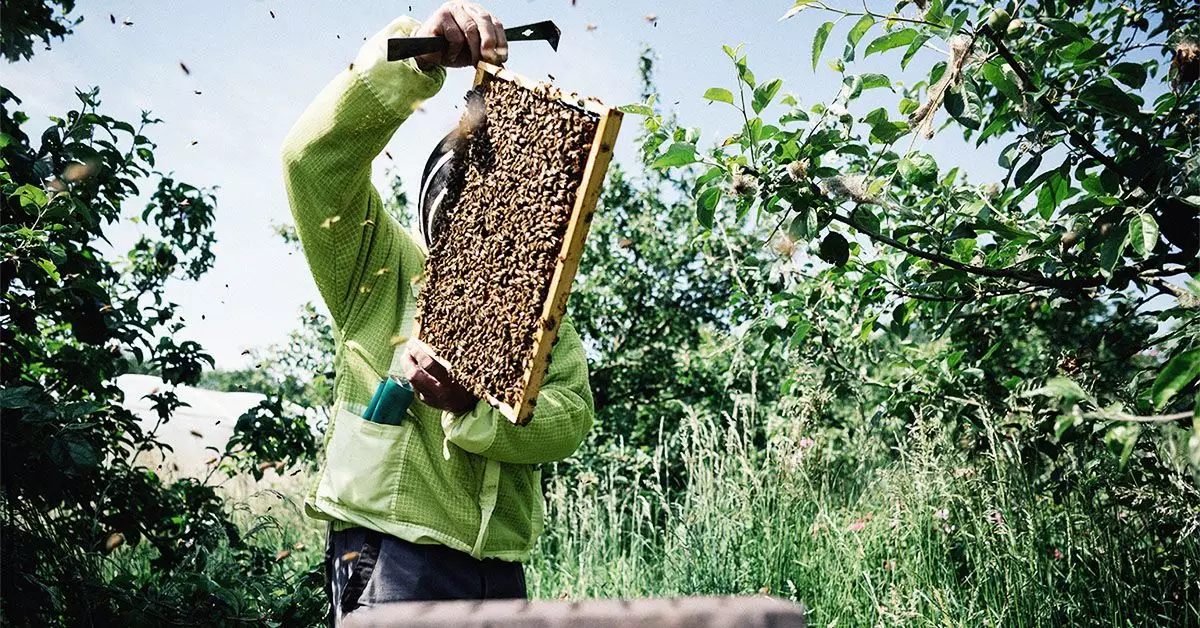The concept of using local honey to alleviate hay fever symptoms has gained popularity in recent years. The idea behind this treatment is that consuming honey containing traces of pollen from nearby plants can help the immune system build tolerance to pollen, subsequently reducing hay fever symptoms. However, scientific evidence supporting this claim is limited and studies on the topic have produced mixed results.
A 2020 review found no scientific evidence to support the effectiveness of local honey in reducing hay fever symptoms. The varying composition of local honey depending on location makes it challenging to conduct comprehensive studies on its efficacy. While some studies have shown positive results with specific types of honey, such as birch pollen honey and Tualang honey, the sample sizes have been small and the findings may not be applicable to all varieties of local honey.
The theory supporting the use of local honey for hay fever is rooted in the principles of immunotherapy. By consuming small amounts of pollen regularly, the immune system is believed to develop tolerance to allergens, leading to decreased sensitivity and allergic reactions over time. However, it is important to note that most individuals with hay fever are allergic to airborne pollen from grasses and weeds, which may not be present in significant quantities in honey derived from flower pollination by bees.
While some proponents recommend consuming raw, unprocessed honey for its pollen content, there are risks associated with this practice. Individuals with severe pollen allergies may experience adverse reactions to raw honey, and both raw and processed honey can contain Clostridium botulinum spores, which pose a risk of botulism. Therefore, it is essential to exercise caution and source honey from reputable producers. Additionally, it is crucial to seek medical advice if significant allergy symptoms arise from consuming local honey.
In addition to local honey, there are other complementary treatments for hay fever that have shown promise in clinical studies. Infrared light therapy inside the nose, for example, has been found to reduce allergy symptoms in a small study. However, further research with larger sample sizes is needed to confirm these findings. It is important for individuals to consult healthcare professionals before trying any complementary therapies for allergies and to refrain from giving honey to infants under the age of one.
While the concept of using local honey for hay fever relief is intriguing, current scientific evidence does not strongly support its efficacy. Limited studies have demonstrated positive results with certain types of honey, but more research is needed to determine if these findings are applicable across various local honey varieties. As individuals consider natural remedies for hay fever, it is essential to consult healthcare providers and exercise caution to ensure safety and effectiveness in managing allergy symptoms.


Leave a Reply